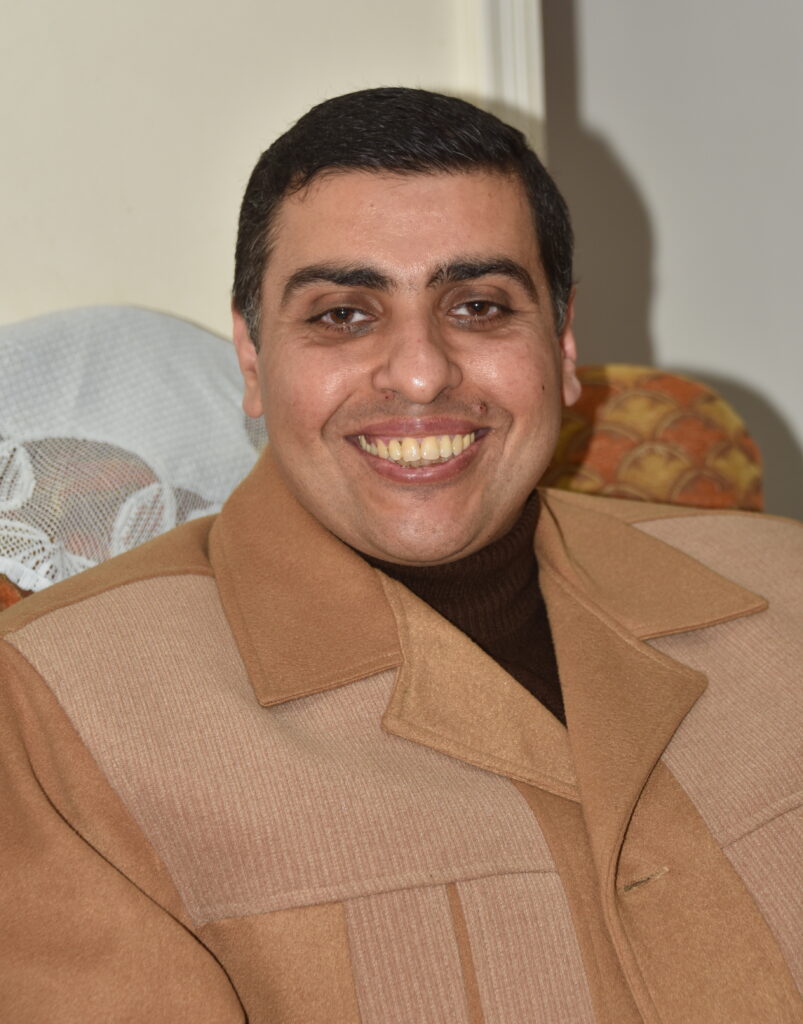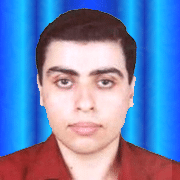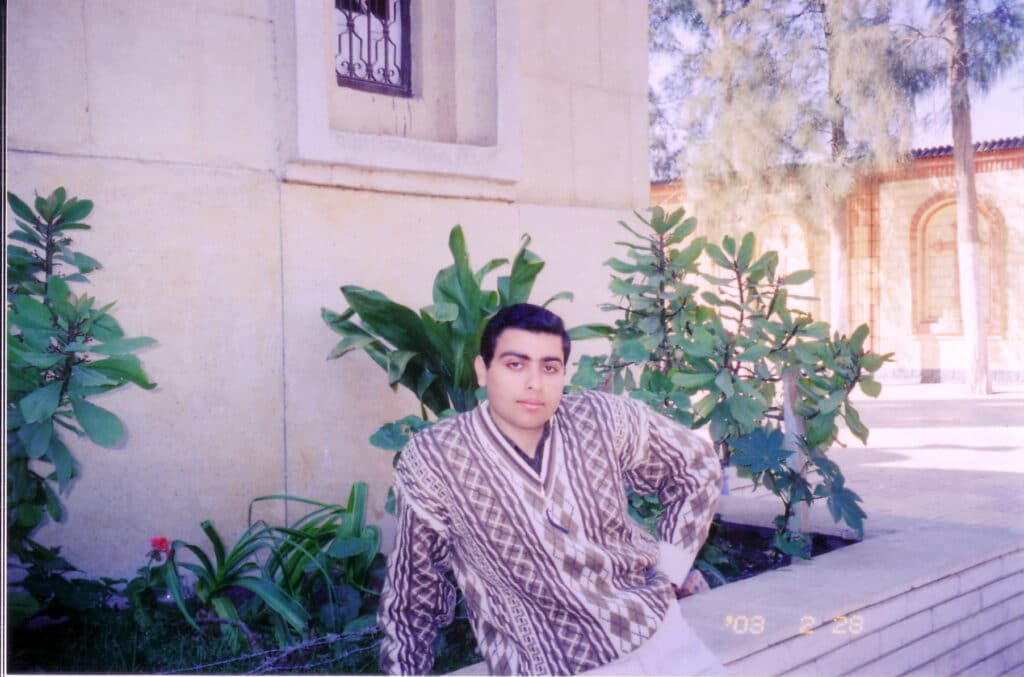Tamer’s Story

March is Bleeding Disorder Awareness month, and we are celebrating by sharing the stories of those with hemophilia in developing countries. Tamer Hanna is from Egypt, and I just visited him for the first time in our 16 year history. I asked him to share his story, in his words, of growing up with hemophilia in Egypt.
“Hemophilia!” the two young parents exclaimed.
“Yes, it is a lifelong bleeding disorder,” explained the doctor to the young parents. They were dreadfully puzzled while looking at their first child who had just been circumcised, as the doctor stitched the wound to stop the bleed. The parents’ families had no history of hemophilia and they had never heard about such a rare disorder. They left the clinic with little information and a lot of precautions. The two young parents had no idea what effect a bleeding disorder would have on their family’s life or their child’s future. They felt overwhelmed. They both were sure that their life from that day on would never be as usual as the life of any parents.
In Egypt, children with hemophilia received minimal health care and follow-up during the 1970s. That was to be expected: hemophilia care in Egypt started in 1968 and mainly took place in Cairo, the capital, so patients from other cities had to travel to Cairo for treatment. I still remember my father getting up early every Monday at 3 am so he could catch the first public bus to Cairo to buy me just one vial of 150 IU factor VIII. The national governmental company only sold the factor only on Mondays, and would allow only one vial per patient. My father had to travel as early as possible because “the early bird gets the worm.” Many patients couldn’t even find a vial to buy if they reached the center a little late on Mondays— all the vials were sold. And 150 IU was the only assay size available in the governmental center that sold plasma-derived clotting factor.

Like most Egyptian hemophilic patients, I spent many years in this dilemma of on-demand treatment strategy. Due to cost and resource constraints of plasma-derived clotting factor, I used cryoprecipitate to manage my bleeding episodes. I also used fresh frozen plasma, although it wasn’t an effective way of treatment. I even used basic first aid treatment like RICE when there was not treatment available on time.
Not getting a proper treatment on time led to a lot of bad side effects. Like most hemophilic patients in developing countries, I am suffering from the most common complications, such as weak muscles, stiffness and limited range of motion in most of my joints.
But the severest complication happened to me when I was 24 years old. A fracture in my left leg and the lack of enough factor to have surgery caused a disaster. In March 2001, I was able to come to the United States, to Tennessee, where an Egyptian hematologist named Dr. Wahid recommended amputation above the knee. I returned home to Egypt a year later with no left leg and a prosthetic. It’s the same prosthetic I have this very day. It was frustrating and devastating for a young man to lose his leg when he was still planning for his future, but the glass-is-half-full part was that I learned a lot and I have met wonderful, helpful, philanthropic people in the US. Also, I learned to use the computer and the internet. I have been taught to cope and adapt to the new circumstances. Knowing how to surf the internet was the step that enabled me to get in touch with the person who has changed my life from misery to happiness for years so far.

I have heard the name of “Laurie Kelley” when I was in the US, so the first thing I did when I returned to Egypt was to google her name. I started to read a lot about her projects. I thought she was an incredible special person to do all these services for people she hardly knew. I wrote a simple email asking for her help with medicine, then I crossed my finger for a reply. Surprisingly, she replied much quicker than I thought. For more than 17 years we have been writing emails. I can’t recall how many times she donated factor to me, but I believe she did it welcomely tens of times. These 17 past years were the best period in my life. It is a blessing to find a vial of factor in your fridge when you badly need it. I didn’t have this privilege before knowing Laurie.
These past 17 years were the period of flourishing and success. I got married and had two children; I accomplished my master degree in psychology; I worked without taking long days off; I have supported my family financially and I was psychologically stable and safe about the future.
Meeting her here in Egypt in February 2022 was culmination for a long friendship and support relation. Years before, she promised to visit me, and she always keeps her promises. Meeting her for the first time after exchanging emails for 17 years was a remarkable day. She promised to come again and I am sure she will do it when she has the time. Before Project SHARE, I spent night after night in pain, and month after month bedridden. Now, I am much better and safer because of this wonderful pioneer humanitarian person who believed in her abilities and started a humanitarian project served the bleeding disorders community worldwide since 1989.
I was helped once I asked for her help, but there are thousands of Egyptian hemophilic patients who need help too. After 40 years, there are 20 hemophilia treatment centers in Egypt and the Egyptian Society of Hemophilia (ESH) was founded to help with increasing awareness and improving care and empowering people with inherited bleeding disorders. Even still, there is much to be done and we need the help of everyone on this earth to save more lives. It is heartbreaking to read about the death of a human being because the lack of proper amount of factor to stop his bleed. There is a great gap between the number of patients and the available amount of medicine in many developing countries. The government is trying to improve health care; the budget allocated to care and treatment for inherited bleeding disorders is progressively increasing but we are still on the first step of a long road. Thank you, Laurie, and thanks to everyone who has donated factor to Project SHARE. With everyone’s help and Laurie’s zeal, the dream to save thousands of lives is achievable one day.

